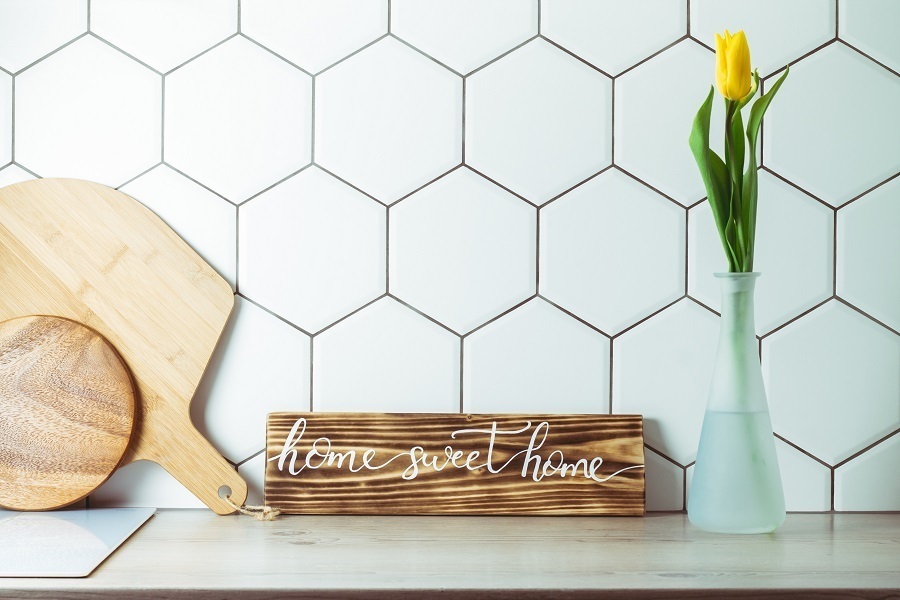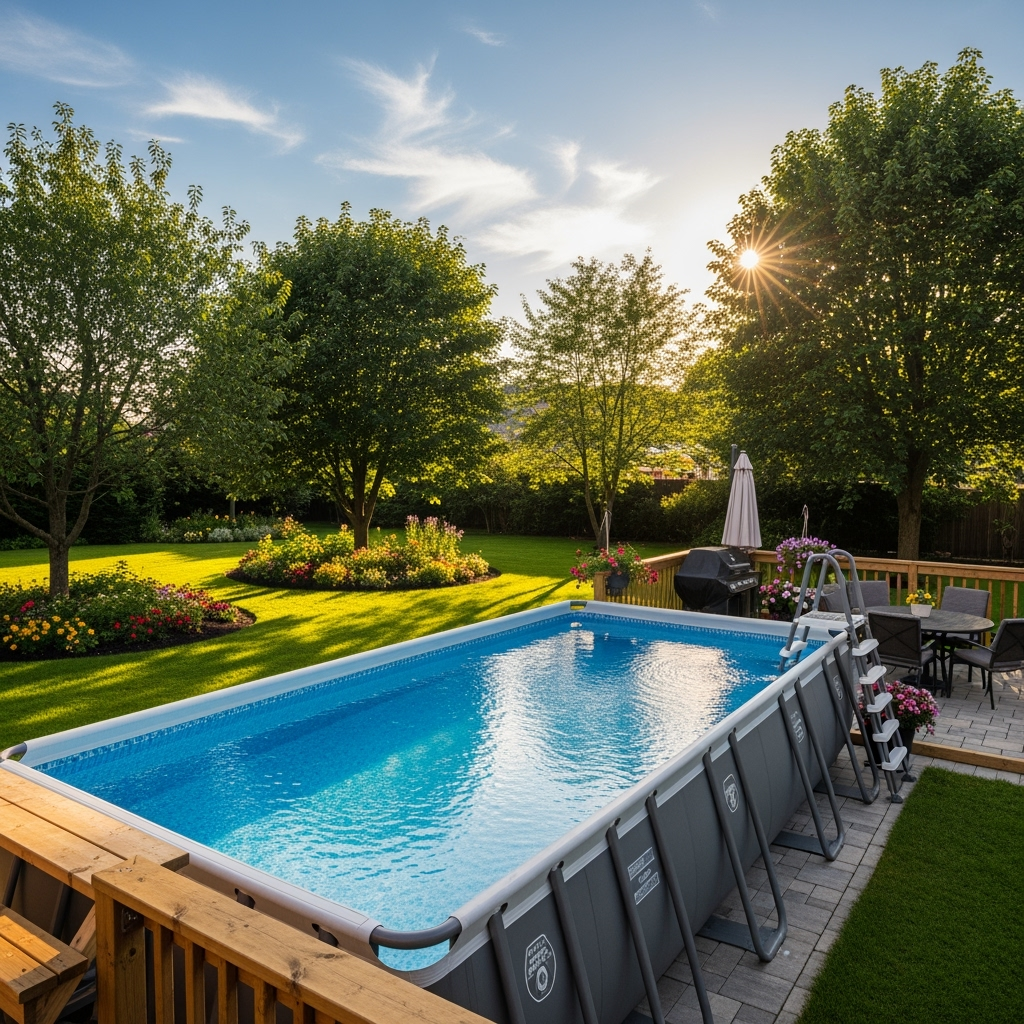Last updated on
Before choosing to install peel and stick tile, you may wonder how long they will last. Here’s the exact answer.
Many reasonable estimates show peel and stick tiles can last 25-30 years. But it highly depends on the quality of the tiles and the quality of the installation. We explore these points in this article.
Some people have reported that their peel and stick tile lasts for many years, some outlasting stone or ceramic tiles. If installed by a person who usually installs tiles, the peel and sticks should last on average at least two to three times as long. In other words, in some situations, people report peel and stick tile lasting many years with less wear than what you would experience by using some other types of tile.
Next, let’s explore the main points that influence the longevity of peel and stick tiles.
What's Inside
The Adhesive

Adhesive placed on a peel-and-stick tile can wear down in a kitchen behind the stove or any other space with water. If the adhesive is not permanent, it might fall off and do damage to surfaces behind it.
While the adhesive on these tile stickers is holding up beautifully and has proven to be durable, some patches of tile are becoming dingy yellow. That’s how we come to the next point.
The Discoloration
In some cases, people report discoloration of cheaper tiles. It may happen if cheap materials are used to manufacture the tiles. However, high-quality peel and stick tiles do not change their color and may outlast ceramic tiles in this regard.
Going Over Old Tile with Peel and Stick
What about going over old existing tile with peel and stick? What is good about covering the old tiles with a peel and stick tile?
Let’s think about it really quick. This may seem like a perfect solution, but when you have some corners that are not perfect, the tile ends up on different levels, and this is not cool to have in your kitchen as it looks bad. However, if you put tiles on top of them, there won’t be a problem, so this would not mean doing extra work.
Prep Work
To create a long-lasting backsplash, make sure to thoroughly clean the walls and prime the area with adhesive before installing any tile. Another issue cheap tiles can present is curling corners. Use extra adhesive for added protection against this happening.
The only thing you have to worry about is the wear and tear of vinyl in general. The adhesive bond can be good enough as long as there are no features that extend beyond the tile, for example, screws.
Some extra insurances for your tile job include keeping an eye on the quality of the tiles before they become too damaged or stained to fix. This is because most peel-and-stick tiles will not come off of a wall without using some significant force and leaving a peel mark in their wake.
I also recommend that you buy an extra box of tiles to replace individual ones, as matching them up years after installing them can be difficult as other brands are of different sizes.
Clean with Gentle Cleaners
Use gentle cleaners (like vinegar) for vinyl tiles because harsh ones cause the material to deteriorate and warp quickly. Though ammonia is a fast-drying cleaner, it’s not meant for use with materials like vinyl as it reduces their pliability.
Keep It As Dry As Possible
If speckled tiles are put in a wet area, the adhesive will not stick, and it will cause the flow to peel off. Make sure there is enough dehumidifier as you keep the area clean from any liquids. The adhesive material on these tiles can lose its grip when they come into contact with liquids. This is because water soaks through tile surfaces leaving tile too dry, which causes adhesives to weaken and release the surface of peeling sealants.
Running a dehumidifier has the side effect of keeping your house more comfortable in the spring and summer and causes your air conditioner not to have to work as hard. This saves you energy, which results in a win-win for both you and your floor. Running a dehumidifier reduces humidity around peel-and-stick tiles, making it easier for the tile to do its job (keep dry) and save energy because heat will create less moisture.
Advantages of Peel and Stick Tile
While they can be quite expensive, it is also easy to install – just lay it on the wall, and you’re done. But many people prefer something a little more traditional in their homes. This article explores why peel-and-stick tile is considered one of the best options for those who love the look of ceramic yet can’t (or don’t want to) invest in a permanent installation.
Disadvantages of Peel and Stick Tile
Peel-and-stick tile is affordable, but some decor experts say that it looks cheaper than more expensive materials to use for your backsplash.
If buyers see a peel-and-stick backsplash, they might question if other corners have been cut in the home. This document talks about how potential buyers may question other corners of the home regarding how they are put together if there is a peel and stick backsplash.
FAQ
Most peel and stick tiles do not come off easily unless they are removable by design.
A high-quality p[eel and stick backsplash tile is designed to be durable. Typically it is made of durable vinyl that lasts.
Peel and stick tiles may damage walls if installed permanently, especially if extra adhesive or grout is used.




